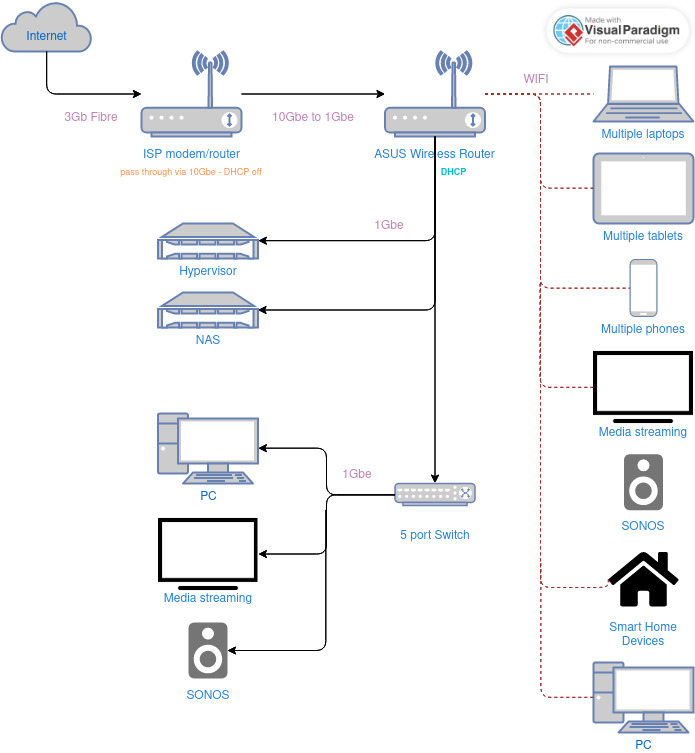Selfhosted
A place to share alternatives to popular online services that can be self-hosted without giving up privacy or locking you into a service you don't control.
Rules:
-
Be civil: we're here to support and learn from one another. Insults won't be tolerated. Flame wars are frowned upon.
-
No spam posting.
-
Posts have to be centered around self-hosting. There are other communities for discussing hardware or home computing. If it's not obvious why your post topic revolves around selfhosting, please include details to make it clear.
-
Don't duplicate the full text of your blog or github here. Just post the link for folks to click.
-
Submission headline should match the article title (don’t cherry-pick information from the title to fit your agenda).
-
No trolling.
Resources:
- awesome-selfhosted software
- awesome-sysadmin resources
- Self-Hosted Podcast from Jupiter Broadcasting
Any issues on the community? Report it using the report flag.
Questions? DM the mods!
view the rest of the comments

Ooookay.. Took me a second to wrap my head around the layout.. Originally I only looked at the picture, which only shows a single switch.
This is an odd topography. Typically when working with switches, you want them connecting directly to the router and not connected to another switch.
You are going to have bandwidth issues out the ass, along with having a troubleshooting nightmare when something goes wrong and you need to trace packets.
Right now you have a hub and a spoke inside a hub and spoke.
Since it looks like your Asus is just an AP in this scenario, you'd be better off:
You can then play around with VLANing on the managed switch. You won't be able to separate IoT and Personal WiFi signals with VLAN. Youd need to create a guest SSID for that functionality and change the channels to 6 and 11 so you get good bandwidth
Edit: this is assuming you have a layer 3 switch, if its a layer 2 I would use the Asus as a router/AP and hook it directly to the ISP router and hook the switch up to the Asus.